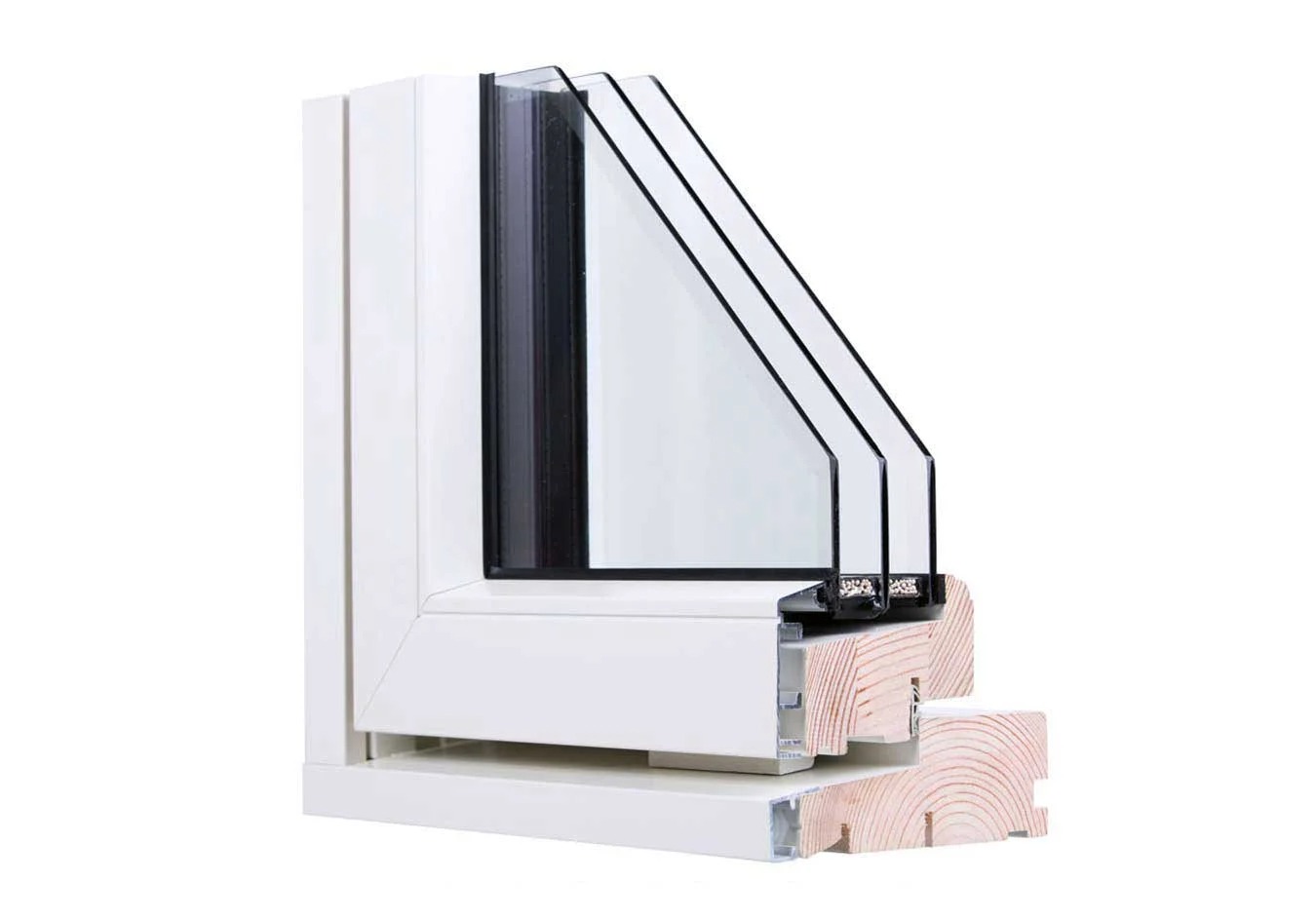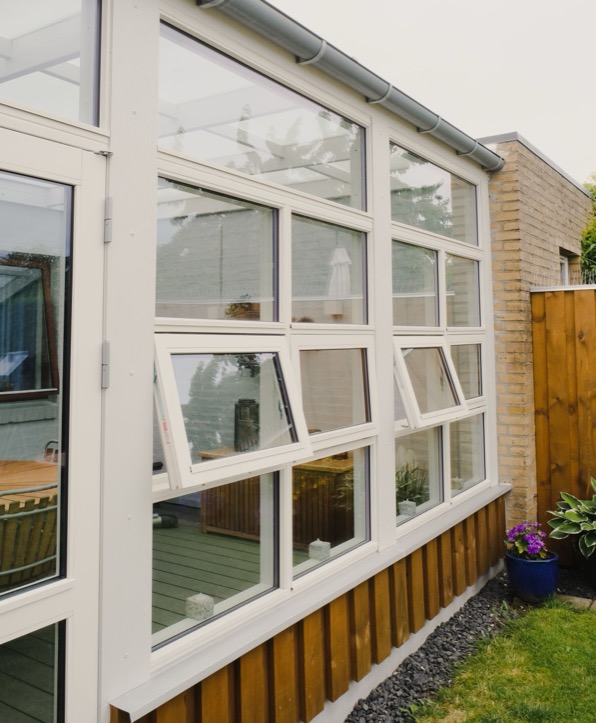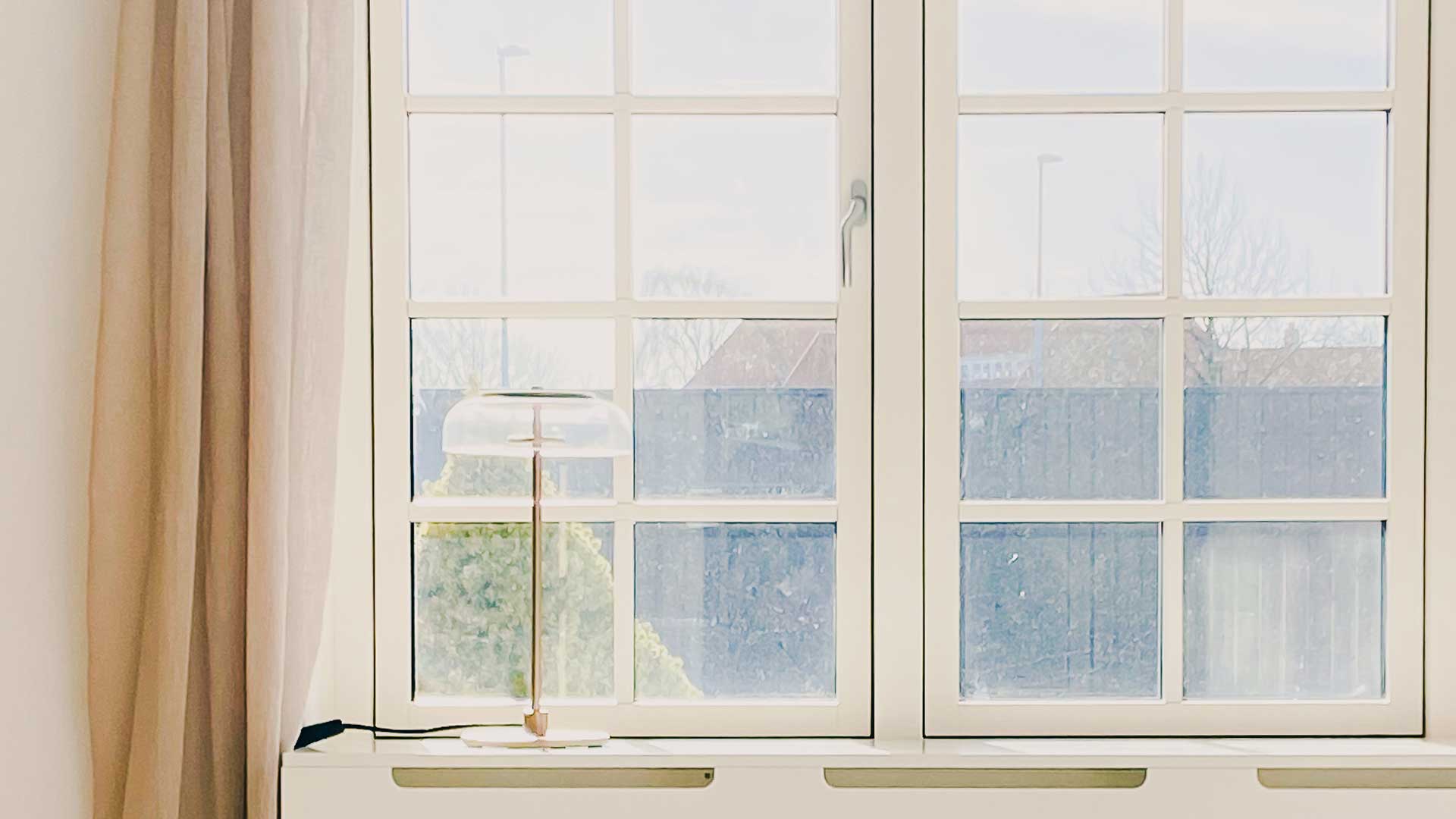
The importance of proper window insulation
Table of content

As most of us already know, a house’s windows are the weakest points in terms of heat loss from your home. In fact, approximately 17% of a home’s heat loss happens through its windows, according to the Energy Saving Trust. This can occur in a multitude of ways:
Via radiation out through the window glazing
Air leakage via gaps around the window and frame
Conduction through the window frame
Conduction through the spacer bars between glazing layers
Proper window insulation can therefore be an important factor in reducing the amount of energy leaking out of your home. Luckily, there are several ways to work on improving this characteristic.
How Well the Window is Sealed
As noted above, the second largest cause of heat loss through windows is warm interior air seeping out around the window itself as well as the window frame. As windows age, gaps may form around their edges due to a home settling over time or the constant expansion and contraction of frame materials from moisture and changes in temperature.
To improve how well your windows and frames are sealed, try one or more of the following remedies:
These products are flexible and can easily be applied yourself around the window frame to seal any gaps that may have formed. Be sure to read Klar’s article on “Sealing Wooden Windows” for tips on how to do this right. One drawback is that if most of your air leakage is coming from the window opening itself, you will need to caulk the window shut temporarily.
This is another product that can effectively be used to fill larger gaps that have formed around a window frame and also has insulating properties.
An inexpensive foam adhesive product that can be applied around both window frames and the window opening that will not interfere with the window’s function. While providing an effective seal, it will need to be reapplied over time and can potentially peel paint off and leave a sticky residue when removed.
Another self-adhesive foam material that is used to seal windows shut entirely, so in effect, a temporary solution at best.
These fabric tubes filled with a heavy, preferably moisture-absorbing ingredient like rice are a cheap and easy DIY craft. Lay them across the base of a window to effectively block air exchange at the window opening, but of course, this will not help stop any gaps along the sides or frame of the window.
The Level of Window Glazing
The Energy Saving Trust confirms that heat is lost from a home with single glazing twice as fast as from one that has double glazing. The level of glazing in your windows is thus critical to achieving the best window insulation possible. The more levels of glazing, the lower the U-value.
Some ways to make an impact on this feature are the following:
Window Insulation Kit – this set includes plastic film that is cut to fit and adhered to the inside of a window with heat, typically from a hair dryer. This creates an effective seal and an additional layer intended to help keep heat in and cold air out, but it will be noticeable with its cloudy appearance.
Thermal Curtains – another way to add a layer of insulation to your windows is by installing a special type of curtain made to reflect cold back outside. These heavy coverings can also help prevent air movement but must be closed to be effective, blocking natural light as well.
Secondary Glazing – this refers to adding a separate, fixed panel of insulating glass to the inside of an existing window. These are typically custom-made to fit your windows and are virtually unnoticeable, making them an excellent choice for heritage properties. Additionally, they tend to be fitted with ventilation vents, allowing you to control the amount of interior humidity and minimise the risk of condensation.
Double or Triple-Glazed Windows
Without a doubt, the most effective way to improve window insulation in your home is to upgrade to new double- or triple-glazed windows. Windows featuring two or three panes of glass separated by insulating gas chambers are a proven success when it comes to reducing home heat loss.
What to Look for in New Windows
Along with selecting new windows with either double- or triple-glazing, you’ll also want to ensure superior window insulation capabilities with a high-quality product that allows as little heat conduction through the window frame and spacer bars as possible.
Solid wood or alu-clad window frames, like those offered by Klar, are excellent at minimising heat loss. Also, take note of the width of the spacer bars, as a wider air cavity between panes of glass can marginally increase heat convection and eventual heat transferred to the outside.
FAQs
Which insulation is best for windows?
The very best insulation for your windows will be triple-glazing. These multiple layers of glass separated by gas chambers have proven to be the most effective method for combatting home heat loss.
How do you insulate windows to keep cold out?
To keep cold out, there are several things you can try to improve window insulation. It is important to target how a window is sealed as well as its level of glazing. Caulking, polyurethane foam insulation, weather stripping, window insulation tape, draught snakes, window insulation kits, thermal curtains, secondary glazing and new windows are all options to consider.
Are window insulation kits worth it?
Window insulation kits are an inexpensive DIY tool that offers an additional lining for your windows but are neither a permanent nor the most effective solution. It will only add value if every window in your home is treated, and this can be a time-consuming project. Consider whether your money should rather be spent on a long-lasting, successful treatment like double-glazed windows.


